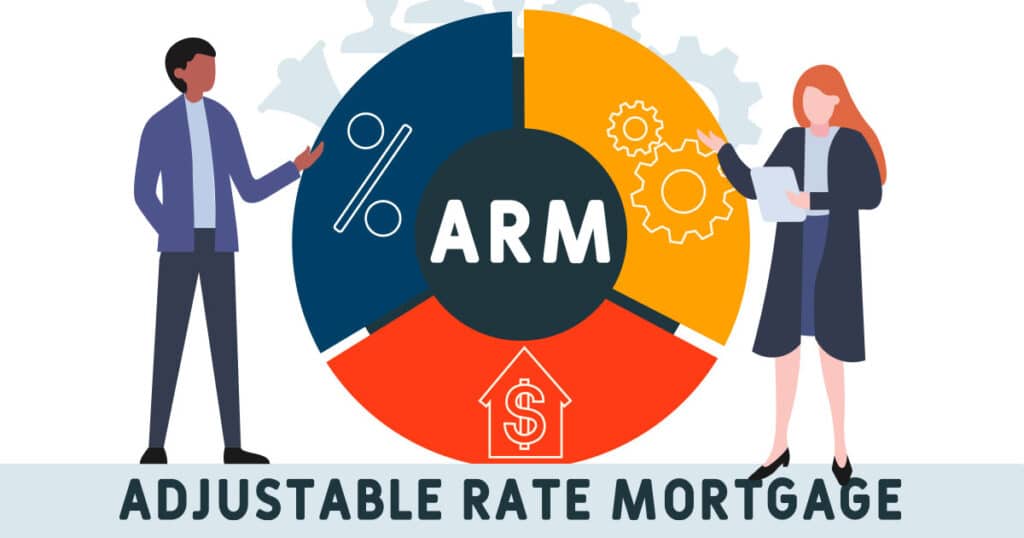
There are many types of mortgages, but the adjustable rate mortgage (ARM) can be one of the most complexes to understand. An ARM includes an interest rate and payment schedule that are both subject to change during the life of the loan, which can make it tricky to budget and manage if you’re not prepared to make adjustments along the way. This guide will help you understand what an adjustable rate mortgage is and how it works, so you can decide whether it’s right for your home purchase or refinance.
What Are the Advantages of ARMs?
ARMs are great for people who want a lot of flexibility with their mortgage. Instead of agreeing to make payments for 30 years at a fixed rate, you can decide every month how much you’d like to pay. This gives you a lot more control over your finances, but it also means that your payment might fluctuate significantly over time if interest rates change.
How Does Interest Work on ARMs?
A mortgage with an adjustable rate will have a starting interest rate that’s lower than what you’d pay on a fixed-rate mortgage. This sounds like a good deal, right? It can be—but it also means you could end up paying more over time. The amount of interest on your ARM will adjust periodically, based on changes in financial markets; plus, your actual monthly payment could fluctuate because of changes to your outstanding balance.
How Do I Choose Between Fixed and Adjustable Rate Mortgages?
The first step in deciding between a fixed and adjustable-rate mortgage is figuring out your housing goals. If you want to stay in your home for a number of years, it may be wise to choose a fixed-rate mortgage. However, if you have a shorter time frame in mind or are planning on selling within five years or so, you may want to go with an adjustable-rate mortgage.

